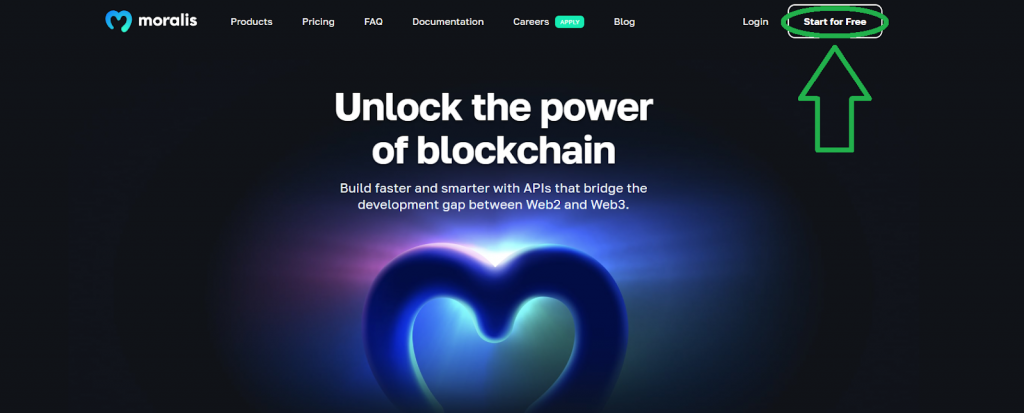The blockchain industry is never stagnant, and new projects with innovative technology emerge regularly. One of these new projects is Aptos Foundation – the leading key growth initiative for the Aptos blockchain. But what is Aptos? How does its blockchain work? If these questions have been on your mind, you’re in the right place. As the title suggests, this full guide to the Aptos blockchain will provide you with all the information you need to decide whether or not you want to use and develop on top of this layer-1 blockchain.
While speaking about blockchain networks and development, we’ll also inform you about the simplest and fastest way to become a dapp developer in this article. We’ll quickly overview the pinnacle of the current Web3 tech stack – Moralis. Furthermore, we’ll introduce you to the state-of-the-art solutions brought to you by Moralis. Moreover, this ultimate Web3 API provider bridges Web2 and Web3. Hence, it enables you to build killer dapps on a wide range of supported chains using legacy dev tools. But don’t worry; we will still stick to the main topic of this article. So, let’s begin our “what is Aptos?” journey by looking at L1 blockchains!
What are Layer-1 Blockchains?
Before answering the “what is Aptos?” question, we must ensure you all know what layer-1 (L1) blockchains are. As mentioned in the introduction, this new network is a layer-1 chain. You should keep in mind that layer-1 networks are all “base blockchains”. Even Bitcoin, which was the first blockchain, is layer 1. As such, L1s act as the ecosystems’ main networks.
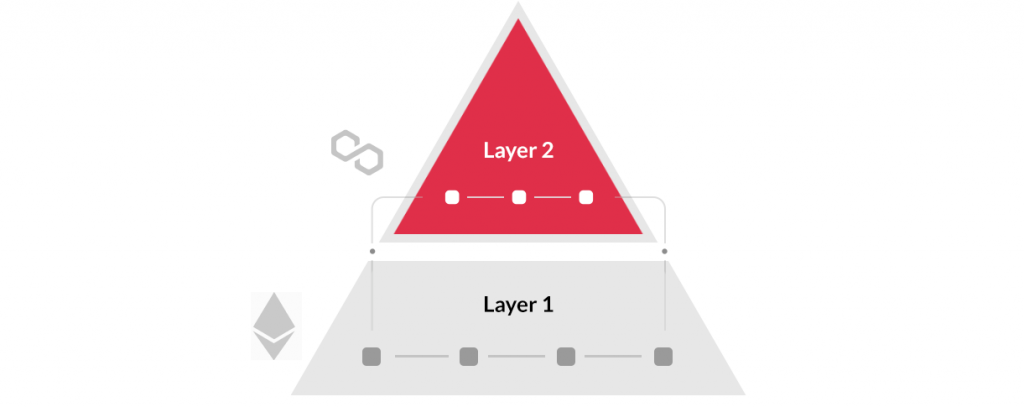
Furthermore, technically speaking, layer-1 protocols are blockchains that can process and complete transactions on their own chains. On the contrary, layer-2 (L2) scaling solutions rely on L1s for security and consensus. Aside from Bitcoin, the most popular L1s include Ethereum, BNB Chain, Solana, Cardano, Polkadot, Avalanche, Algorand, Near, Fantom, and Cosmos. On the other hand, the most popular L2 scaling solution is, by far, Polygon, which is built on Ethereum. However, you might have also heard of Arbitrum, Loopring, Immutable X, and others.
Note: If you want to learn more about L1s, L2s, and L3, make sure to check out the layer-2 vs layer-3 comparison at Moralis Academy. Or, enroll in the “Blockchain and Bitcoin Fundamentals” course if you are new to crypto to learn more.
What is Aptos?
Note: First of all, the Aptos blockchain just went live. Accordingly, we must wait some time to see how it will perform. Also, keep in mind that all the information you read in this article is only as reliable as Aptos’ whitepaper, docs, and official website.
According to the whitepaper, its co-founders, Mo Shaikh and Avery Ching, have incredibly high hopes for the blockchain. This programmable chain aims to fulfill the vision of bringing fair access to decentralization to all. Furthermore, it’s supposed to do so through a safe, upgradeable, and scalable blockchain network. The co-founders created Aptos Foundation and Aptos Labs to support these high goals. The foundation is the force focused on the growth of the network. On the other hand, Aptos Labs commits to developing products and applications on the Aptos blockchain. The Aptos brand uses the “Aptos is designed for people” tagline.
In addition, it is worth mentioning that the organization chose the network’s name for a reason. After all, “aptos” comes from the Ohlone language, which means “the people”.
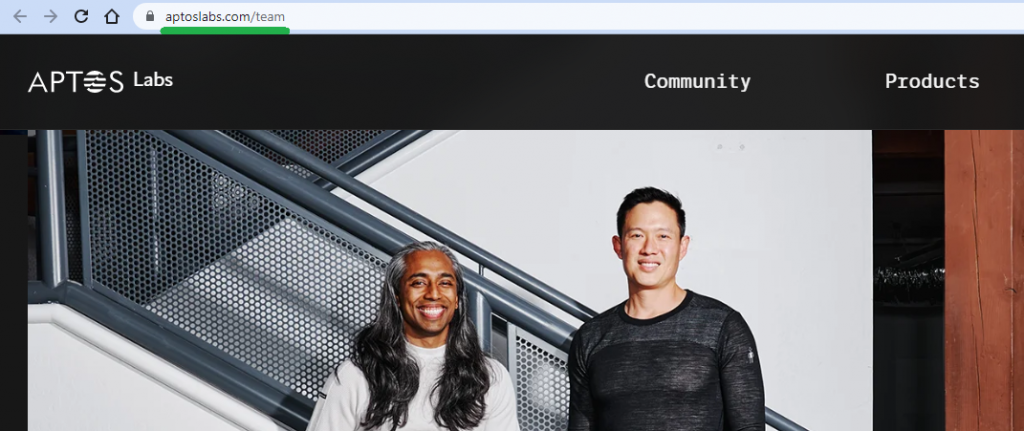
The Aptos Team
As far as the team goes, the only publicly given names are the co-founders listed earlier. It’s worth pointing out that Shaikh and Ching were ex-employees of Meta (formerly Facebook). They were responsible for the attempts to create the Diem blockchain and the Novi crypto wallet. As you may know, these projects got canceled. Still, the two blockchain experts learned a lot at Meta and are actualizing their ideas and skills in the Aptos project.
Nonetheless, according to Aptos Labs’ team page, the team is made up of highly accomplished engineers, researchers, strategists, designers, and builders. Together, they are committed to delivering universal and equitable access to decentralization capable of scaling for billions of users. Furthermore, much of the team is credited with developing the technical core innovations that power the Aptos blockchain.
The Aptos Blockchain 101
According to the whitepaper, the team has developed the Aptos blockchain over the past three years. There have been more than 350 developers across the globe involved in creating this new layer-1 blockchain. Furthermore, the chain includes new and novel innovations in several aspects. Aptos has some unique twists regarding its consensus, smart contract design, systems security, performance, and decentralization. Below, we’ll cover the core six unique aspects of the Aptos chain. However, if the more technical details interest you, make sure to explore the chain’s whitepaper and the project’s docs.

What is the Aptos Programming Language?
One of the unique features of the chain is the programming language called “Move”. The Aptos team invented Move and natively integrated it into the blockchain. Among other benefits, this native language to the Aptos chain improves the speed and security of transaction execution. In addition, Aptos comes with a formal verifier for smart contracts written in Move called the “Move prover”. This formal verifier provides additional safeguards for contract invariants and behavior. Moreover, this enables devs to better protect their dapps built on Aptos from malicious entities.
The Aptos Data Model
The second major unique aspect of Aptos is its data model, which enables flexible key management. It also introduces hybrid custodial options. Aptos also supports transaction transparency before signing and practical light client protocols. According to the whitepaper, all these features provide additional safety and an overall more trustworthy user experience.

Pipelined and Modular Transaction Processing
One of the team’s goals was to achieve high throughput and low latency. To actualize this, they implemented a pipelined and modular approach for the main stages of transaction processing. This approach includes block metadata ordering, parallel transaction execution, transaction dissemination, ledger certification, and batch storage operating simultaneously. By doing so, the chain is able to leverage all available resources fully. Moreover, the Aptos team believes this will improve hardware efficiency and parallel execution.
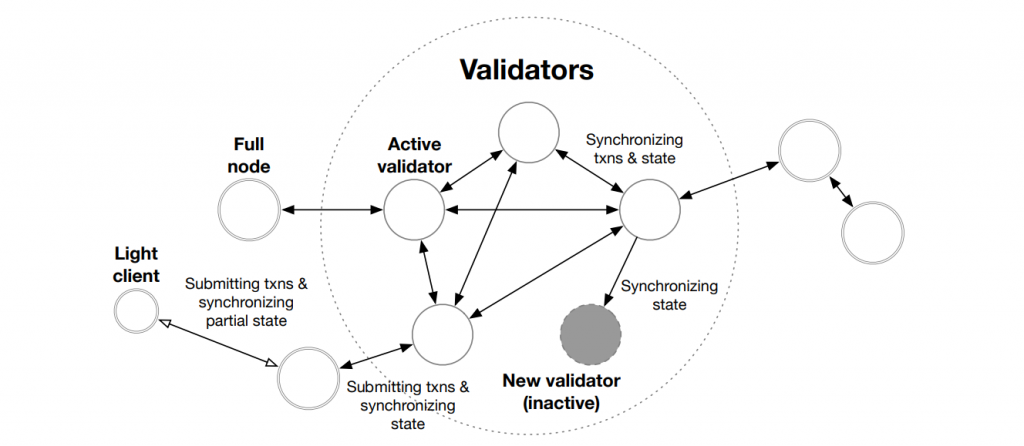
Arbitrarily Complex Transactions
Most parallel execution engines break transaction atomicity. They do so by requiring upfront knowledge of the data the execution engines want to read and write. However, the Aptos chain doesn’t come with such limitations for developers. Instead, it is able to efficiently support atomicity. It achieves that with arbitrarily complex transactions. As a result, this enables higher throughput and lower latency for real-world applications. In addition, this also simplifies development on the blockchain.
Client Flexibility and Instant Upgrades
Thanks to the modular architecture design, the network supports client flexibility. This also optimizes frequent and instant upgrades. In addition, the Aptos chain provides embedded on-chain change management protocols. This contributes to Aptos developers’ ability to rapidly deploy new technology innovations and support new Web3 use cases.
Experimenting with Future Scaling Initiatives
The sixth unique aspect of the Aptos chain is the fact that this chain is experimenting with future scaling solutions from the start. The team wants to be able to scale beyond individual validator performance. This is where the chain’s modular design and parallel execution engine play a significant role. After all, they support the internal sharding of a validator and homogeneous state sharding. Hence, there is a potential for horizontal throughput scalability. Moreover, Aptos developers believe they can achieve that without adding additional complexity for node operators.

Aptos Developer Documentation – What is it?
Like all major protocols and dev projects, Aptos comes with rather extensive documentation. The latter can take you far beyond the “what is Aptos?” overview we cover in this article. The word “developer” tells you that it focuses on Web3 developers that will decide to build on this blockchain. Hence, when you visit the projects documentation page, “Aptos Developer Documentation” is where you can access all the information available on this upcoming layer-1 blockchain. Furthermore, the “Getting Started” section serves as a starting point. This is where you can find the link to get the Aptos CLI (command line interface) and links to various workflows. These include “Run a local testnet”, “Manage accounts”, “Generate keys”, “Compile Move packages”, “Run a full node”, “Run a validator node”, and more.
Additionally, the docs come in four main sections: “Nodes”, “Tools”, “Whitepaper”, and “Misc”. Moreover, on the “Aptos Blockchain Deployments” page, inside the “Nodes” section, you can see the details about the four ways you can connect to the Aptos blockchain. These include the mainnet, devnet, long-lived testnet, and Aptos incentivized testnet (AIT).

Developing Dapps Using Cross-Chain and Cross-Platform Systems
Since the Aptos chain has yet to have the time to prove itself properly, it’s hard for us to advise you to immerse into the network fully. Of course, that doesn’t mean that Aptos doesn’t have the potential to be the next Ethereum. In fact, there isn’t any single chain that we recommend focusing on. This is why Moralis’ Web3 API supports all leading programmable chains. This cross-chain interoperability enables you to future-proof your work. That also means you don’t get stuck to any particular chain.
If Aptos becomes successful, you can expect it to be supported by Moralis. As such, you’ll not be missing out on anything. That said, Moralis currently supports Ethereum, BNB chain, Avalanche, Polygon, Fantom, Solana, Arbitrum, Avalanche, Cronos, and their respective testnets. Also, other chains are in Moralis’ pipeline.

Furthermore, Moralis is also cross-platform interoperable. Accordingly, you can use legacy programming languages and dev platforms to join the Web3 revolution. Moreover, the API references inside the Moralis docs enable you to choose the language you want to focus on:
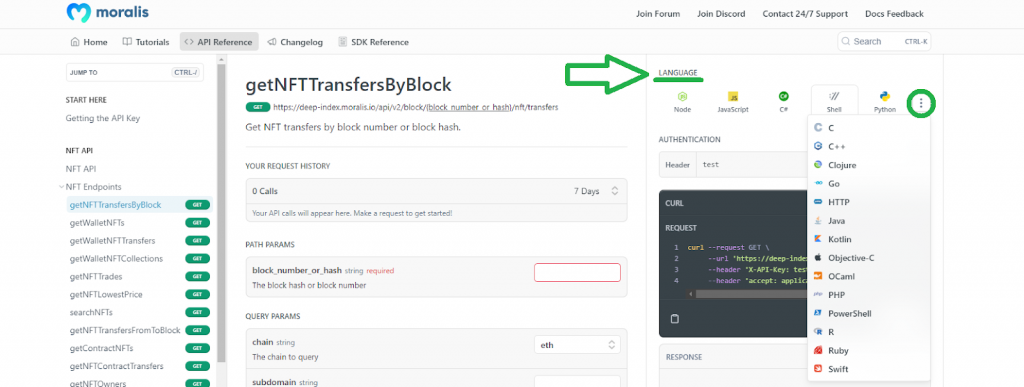
With your preferred language selected, you can simply copy the relevant snippets of code from the “REQUEST” box. In addition, Moralis offers seamless integrations with Firebase, Supabase, Parse Server, Unity, and PlayFab.

The Moralis core products include:
These products are the key to easily creating all sorts of dapps (decentralized applications). In fact, you just need to create your free Moralis account. Then, you’ll be able to obtain your Moralis Web3 API key and start “BUIDLing”.
